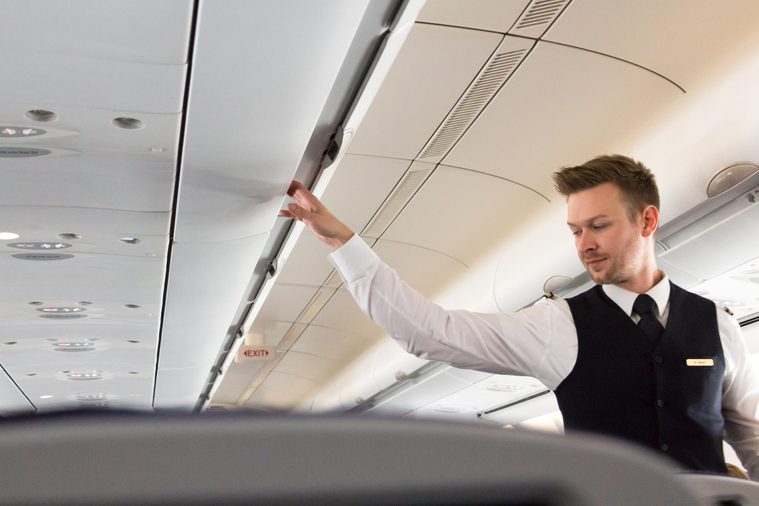
Flight attendant
It turns out that the skies aren’t all that friendly to flight attendants. One main reason, according to a study published in the journal Environmental Health, is that cabin crews are exposed to more ionizing radiation at high altitudes, increasing the likelihood that they may develop a number of cancers, including those that affect the breast, cervix, uterus, thyroid, esophagus, colon, stomach, liver, and pancreas. Some additionally scary stats: The breast-cancer rate in female flight attendants is 50 percent higher than in women not in that field, while the non-melanoma skin cancer rate is four times higher.

Airline pilot
Here’s a sentence you probably never thought you’d read: Cockpits are as dangerous for your skin as tanning beds. JAMA Dermatology reports that pilots and other crew members have double the rates of melanoma as ordinary people and that spending an hour in the cockpit exposes pilots to as much UVA radiation as spending 20 minutes in a tanning bed. UV radiation dangers can increase when flying over dense clouds or snow. While researchers have recommended that windshields with better UV protection be installed, pilots should also be vigilant about sunscreen application and skin-cancer checks.
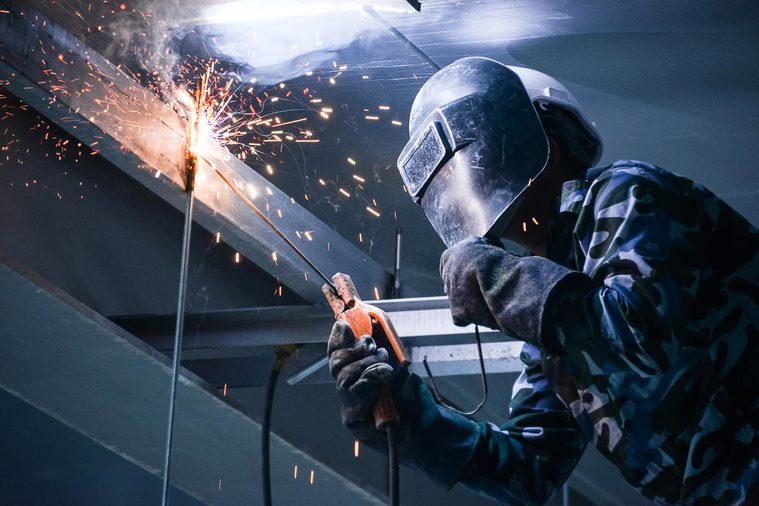
Welder
Heating metals to very high temperatures can be incredibly dangerous for the 111 million people around the world who weld. The culprits are welding fumes, as well as exposure to radiation and asbestos, according to scientists at the International Agency for Research on Cancer. These toxins can potentially cause lung cancer, kidney cancer, and melanoma of the eye, as well as other health problems. “Although public concern is most heightened in terms of cancer risk from workplace exposures, there’s a wide range of problems that can occur only many years after the start of exposure,” says Paul Blanc, MD, professor of medicine, division of occupational and environmental medicine, at the University of California–San Francisco and the author of How Everyday Products Make People Sick. “This can include damage to the lungs, causing scarring, and damage to other internal organs, including the liver and kidneys.”

Any desk job
Yes, you read that right: Sitting too much at a desk can result in higher rates of colon and endometrial (uterine) cancers. According to German researchers, those who spend the most time sitting have a 24 percent higher risk of colon cancer and a 32 percent higher risk of endometrial cancer. And perhaps even more shocking, for every two additional hours you spend sitting, your risks go up by around 10 percent. Occasional gym time doesn’t mitigate these effects either, according to researchers. So what can you do? Get up and move a lot more frequently over the course of the day, especially after meals. A little regular movement may go a long way. Check out these 30 other simple ways you can prevent cancer.
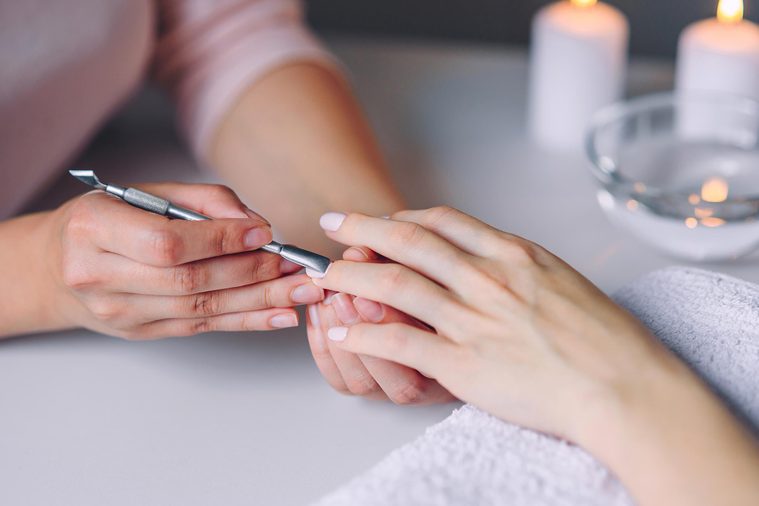
Manicurist
Your perfectly polished nails can pose a serious health hazard to the nail technician who’s painting them. To be fair, it’s not only your manicure that does it but the dozens of others a technician performs each and every day. The workers absorb the toxic chemicals through the skin, and they inhale the fumes and contaminated dust in the salon, raising their risk of cancer and a host of respiratory and reproductive problems. The Occupational Safety and Health Administration (OSHA) recommends nail salons be well ventilated and that workers wear long-sleeved shirts, gloves, and even masks; they should also regularly wash their hands. To support these safety measures, make sure the salon you patronize protects their nail technicians.

Farmer
The pesticides used on non-organic foods that we worry so much about are a much bigger problem for agricultural workers. According to the Agricultural Health Study (AHS), a decades-long research project conducted by various government groups including the National Cancer Institute and the EPA, farmers and their family members are diagnosed with certain cancers at higher-than-normal rates. These include leukemia, non-Hodgkin lymphoma, multiple myeloma, soft tissue sarcoma, and stomach, brain, prostate, and skin cancers. Pesticides may be one big cause, but the AHS also cites “engine exhaust, solvents, dust, animal viruses, fertilizers, fuels, and specific microbes” as contributing factors. With these types of issues, says Dr. Blanc, “damage can start to occur relatively soon after first exposure or after a number of years of cumulative exposure, but either way, it is often not until many years later that clinical illness becomes evident.” One of the best ways to treat cancer is to detect it early. Be sure to be on the watch for the 6 silent colon cancer symptoms you might not know about.
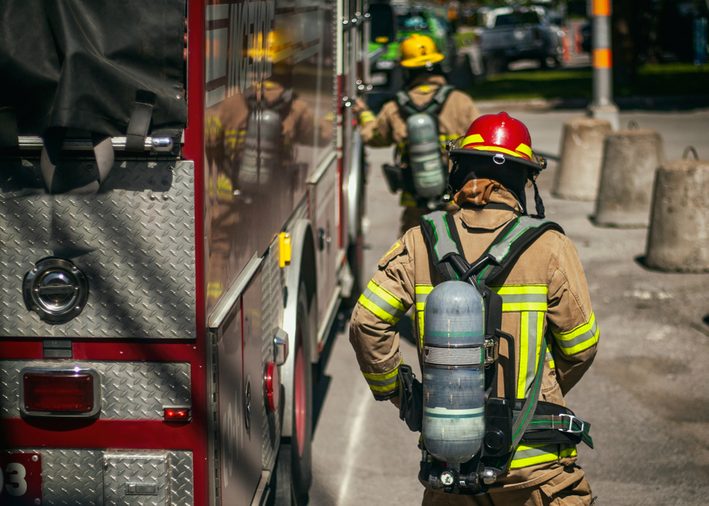
Firefighter
As if flames, smoke inhalation, and building collapses weren’t enough to worry about, firefighters also face a significant cancer risk. In fact, cancer is the leading cause of death among firefighters. Why? When plastic, certain building materials, and other everyday substances burn, they release toxins; firefighters inhale or absorb the toxins in the course of putting out the flames. According to a study by the National Institute for Occupational Safety and Health, firefighters have a modestly greater risk of developing cancer than the average person, but their risk for certain cancers doubles—namely, testicular cancer and mesothelioma, which is caused by asbestos exposure.

Night-shift worker
Radiation and toxic chemicals aren’t the only things that can cause cancer. Believe it or not, disrupting your natural circadian rhythm by working under bright lights throughout the night can also increase your cancer risk. An MIT study reported: “Cells need the light cue, which is like a reset button for the clock. When you lose that cue, you lose the normal rhythms in every cell in your body.” As a result, a cancer-promoting protein called c-myc accumulates in cells, spurring tumor growth and development. Scientists are working on drugs that could target the light-sensitive genes and help protect night-shift employees. If you notice any of the 14 cancer warning signs your doctor should never ignore, be sure to speak to your doctor right away.
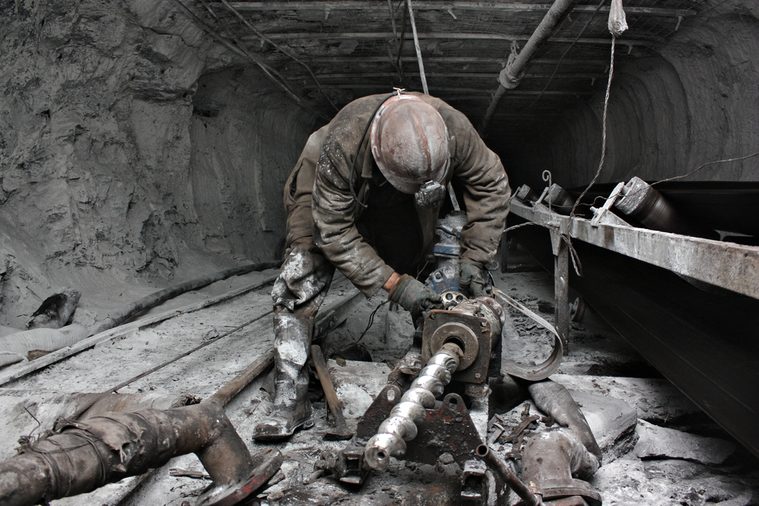
Mine worker
Mining is a dangerous business, with different types of mine work increasing the risk for different types of cancers. For example, coal-mining dust may increase workers’ risk for lung and stomach cancer, while other miners are more likely to come into contact with cancer-causing asbestos, uranium, and radon. Another big problem is diesel exhaust from drilling equipment, which can build up in the shafts. One study found that underground workers who were regularly exposed to the exhaust were five times more likely to develop lung cancer than workers who weren’t around the fumes. If you think you’re in a dangerous situation in any profession, there is something you can do. “People have the legal right to know what materials they work with and what their hazards are by requiring access to material data sheets,” says Dr. Blanc, who adds that having a workplace safety and health committee or union representation can help. “The National Institute for Safety and Health (NIOSH) will come out to workplaces and investigate if a request is made.”
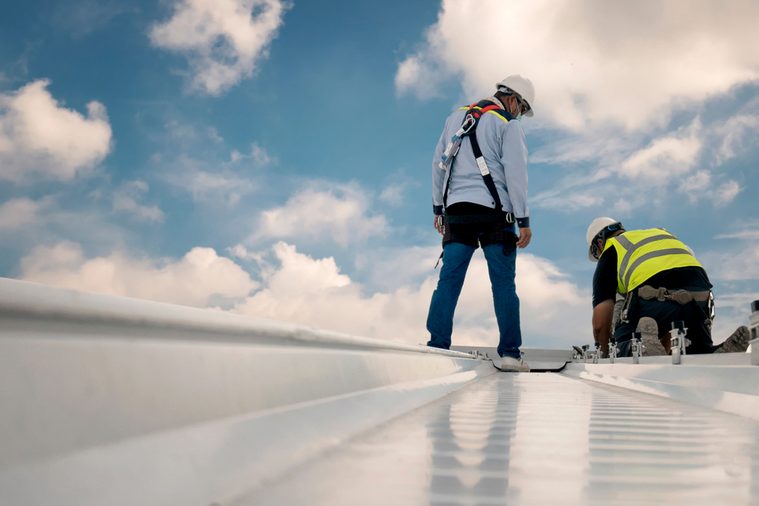
Roofer
Workers who use hot asphalt on roofs and roads may have an elevated risk for cancer, though researchers aren’t exactly sure why. The confusion is due to the workers drinking and smoking more than the average person, and they also get a lot more sun. However, researchers from the University of Colorado Cancer Center may have found a direct carcinogenic link. They discovered that roofers and other professions that use hot tar have high levels of polycyclic aromatic hydrocarbons (PAHs) in their blood after their shifts; PAHs damage DNA and potentially increase cancer risk. Workers who failed to wear protective gloves or experienced burns had the highest levels. Sun exposure is a well known carcinogenic, but you need to stop believing these rampant cancer myths.
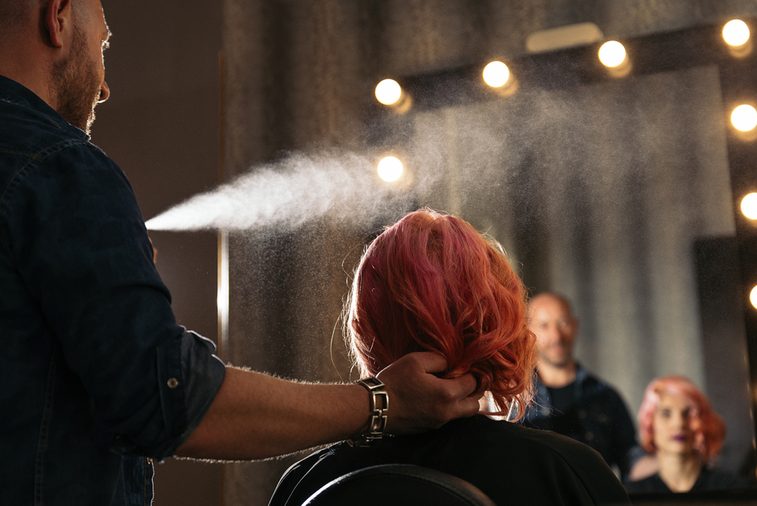
Hairdresser
While the occasional hair dye or perm doesn’t carry much risk for the average person, the story changes for the worker who does hair treatments on a regular basis. The aromatic amines in some hair dyes may put hairdressers at an increased risk for bladder cancer. While these chemicals were supposedly eliminated from hair dyes after the 1970s, a recent study found them present in hairdressers’ bloodstreams, prompting a call for further analysis. To minimize risk, salon workers should wear gloves whenever using chemical products and work in well-ventilated areas. Chemicals like those are carcinogens we all expect, but these 9 other causes of cancer might surprise you.
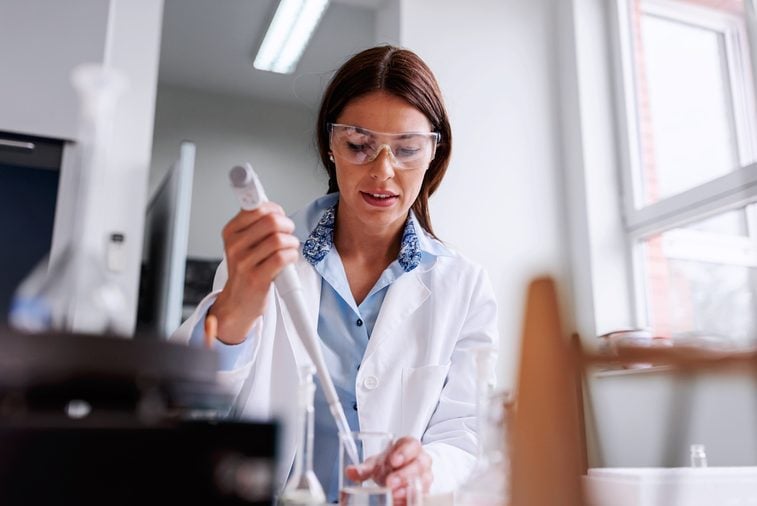
Lab technician
Sometimes a dangerous profession is due to an unlucky mix of risk factors—which is the case for some female lab workers. A study published in the journal Cancer Research discovered that women with a familial history of breast cancer doubled their risk by working in a clinical lab; if the women worked with organic solvents such as benzene before having their first baby, their risk jumped another 40 percent. The researchers also found an increased risk with factory workers and house cleaners.

Astronaut
Once astronauts leave the Earth’s protective atmosphere and magnetic field, they are exposed to a significant and dangerous amount of ionizing space radiation. This is similar to what airline pilots and flight attendants experience, but according to NASA, the levels are much higher—the equivalent of 150 to 6,000 chest X-rays. That puts astronauts at an increased risk of cancer, radiation sickness, degenerative bone diseases, and conditions that target the central nervous system. Scientists from the University of Nevada–Las Vegas are now sounding the alarm about possible trips to Mars, which would involve a year and a half in deep space (to get there and back). Our current technology wouldn’t do much to protect astronauts—or tourists—from galactic cosmic radiation and its resulting cell mutations. They may not cause cancer but these 18 jobs are some of the most dangerous around the world.
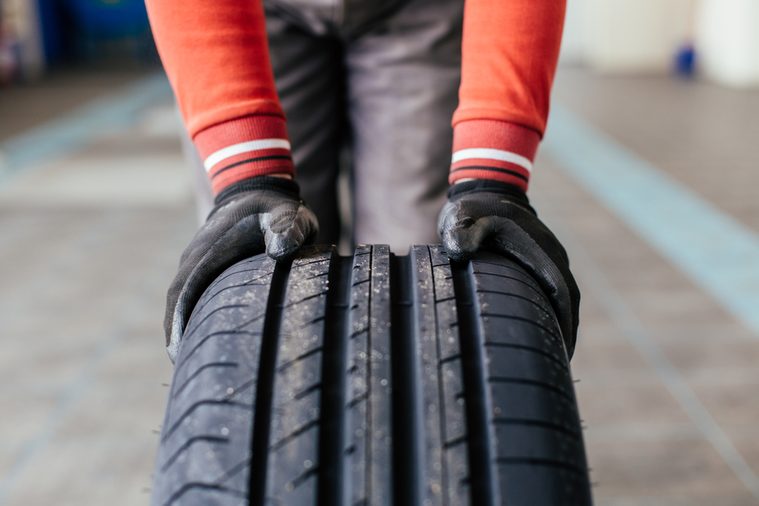
Rubber manufacturer
Working in factories that manufacture tires, rubber gloves, and rubber bands seems to raise the risk of bladder, stomach, blood, lymphatic, and other cancers, according to the CDC. The carcinogens involved include benzenes and other solvents, asbestos, and formaldehyde.
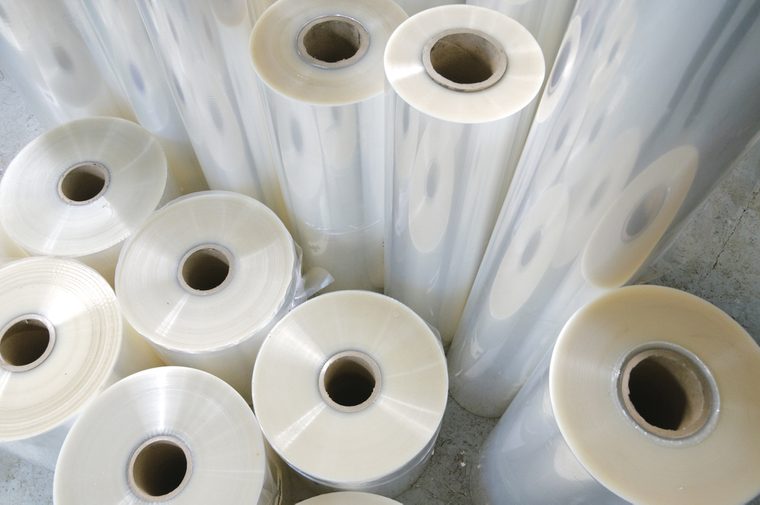
Plastics manufacturer
Plastic has been widely used around the world for decades, but people who work in plastic manufacturing are at higher risk for various types of cancer, including of the liver, kidney, blood, lung, and larynx, because of chronic exposure to cadmium, vinyl chloride, trichloroethylene, and arsenic, among other carcinogens. In addition, women in plastics manufacturing may be five times more likely to develop breast cancer because of exposure to carcinogens that disrupt hormones. If you have any of these jobs, be sure you are utilizing these 37 ways to cut your cancer risk.
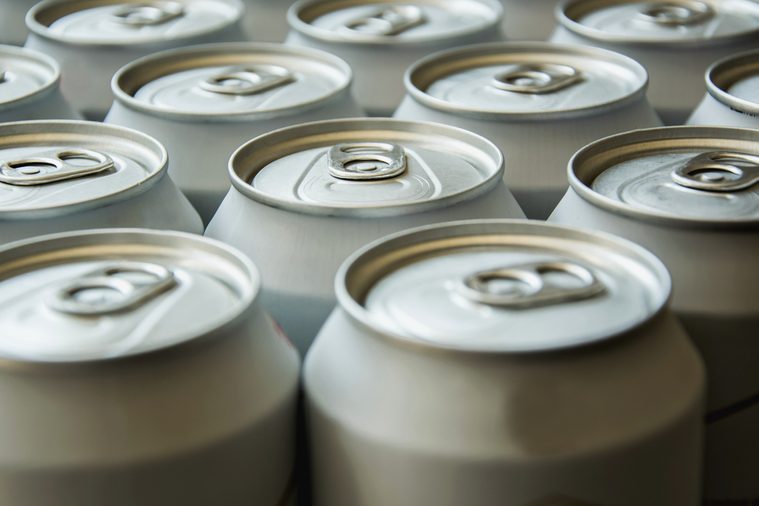
Aluminum manufacturer
People who work in aluminum manufacturing are routinely exposed to polycyclic aromatic hydrocarbons, chromium compounds, nickel compounds, heavy metals, high static magnetic fields, and asbestos. Formaldehyde is sometimes present in manufacturing processes as a breakdown of other ingredients, according to clean-living guru Sophia Gushee, author of A to Z of D-Toxing: The Ultimate Guide to Reducing Our Toxic Exposures. Dioxins are also formed unintentionally during chemical manufacturing as well as in vinyl and pesticide production.
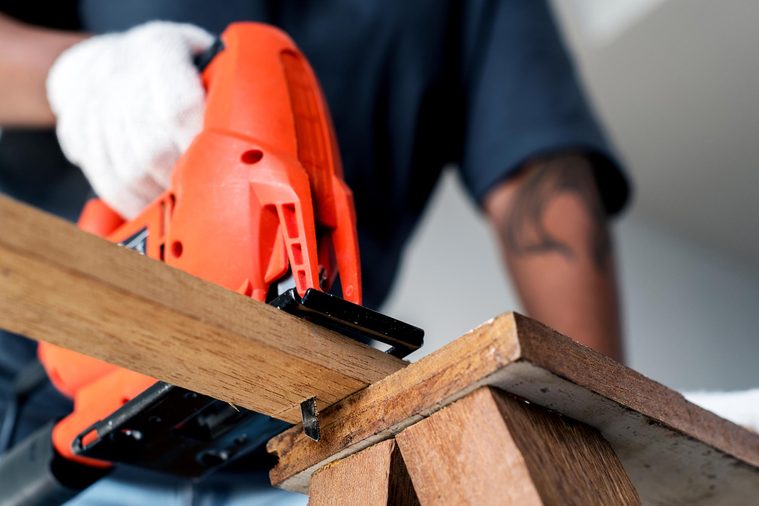
Construction worker
Construction workers are at an increased risk of lung cancer and mesothelioma because of potential asbestos exposure, which is still found in older buildings. They’re also at higher risk for melanoma. Construction can expose workers to benzene (found in paint supplies), which has been linked to leukemia and lymphoma, as well as arsenic. It’s found in motor vehicle exhaust, degreasing products, dyes, furniture wax, glues, lubricants, and paints and can raise the risk of bladder, liver, and lung cancers. You can’t completely prevent cancer, but these 30 tricks can definitely cut your chances cancer down.
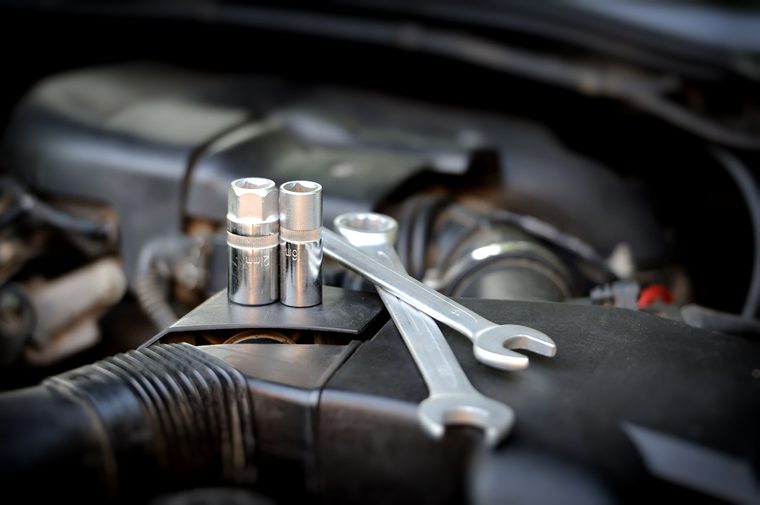
Car mechanic
Auto mechanics are exposed to many of the same carcinogens as construction workers (arsenic, asbestos, benzene) as well as to tetrachloroethylene (also known as “perc”), which acts as a grease solvent and has been associated with esophageal, kidney, bladder, and cervical cancers, among others. In addition, diesel exhaust is carcinogenic, raising the risk of lung, bladder, larynx, esophageal, and stomach cancers.
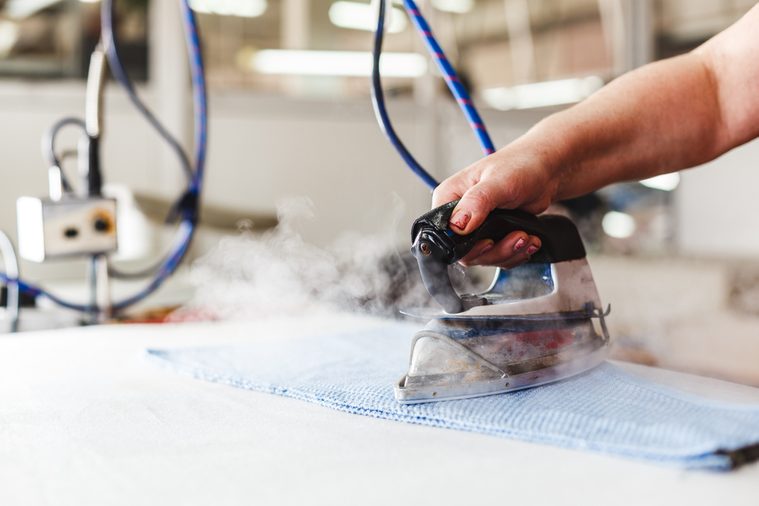
Dry cleaner
Speaking of perc, tetrachloroethylene is also used in dry cleaning, so workers in this industry, like auto workers, face an increased cancer risk. You’ll be relieved to hear that perc is not considered hazardous to those who wear dry-cleaned clothing.
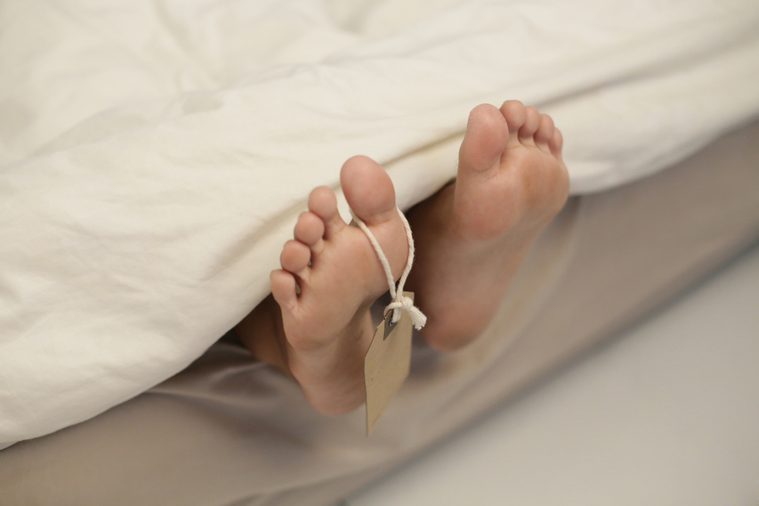
Mortician or undertaker
Morticians and undertakers have an exceptionally high risk of contracting leukemia—in particular, myeloid leukemia—because of exposure to formaldehyde, according to a study in the Journal of the National Cancer Institute. What your body is exposed to has a huge effect on how it works. That’s why you should add these 30 foods to your diet to help you fight cancer.
